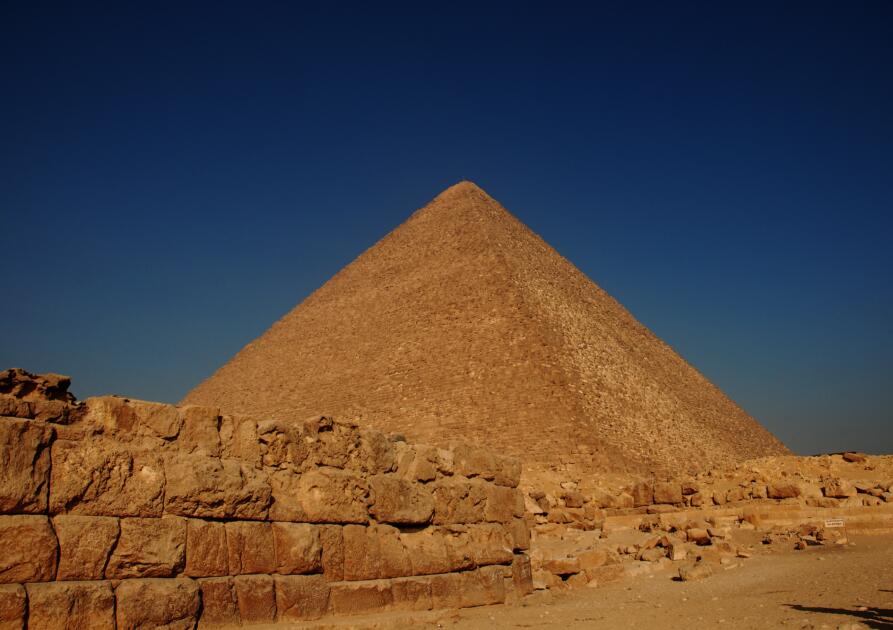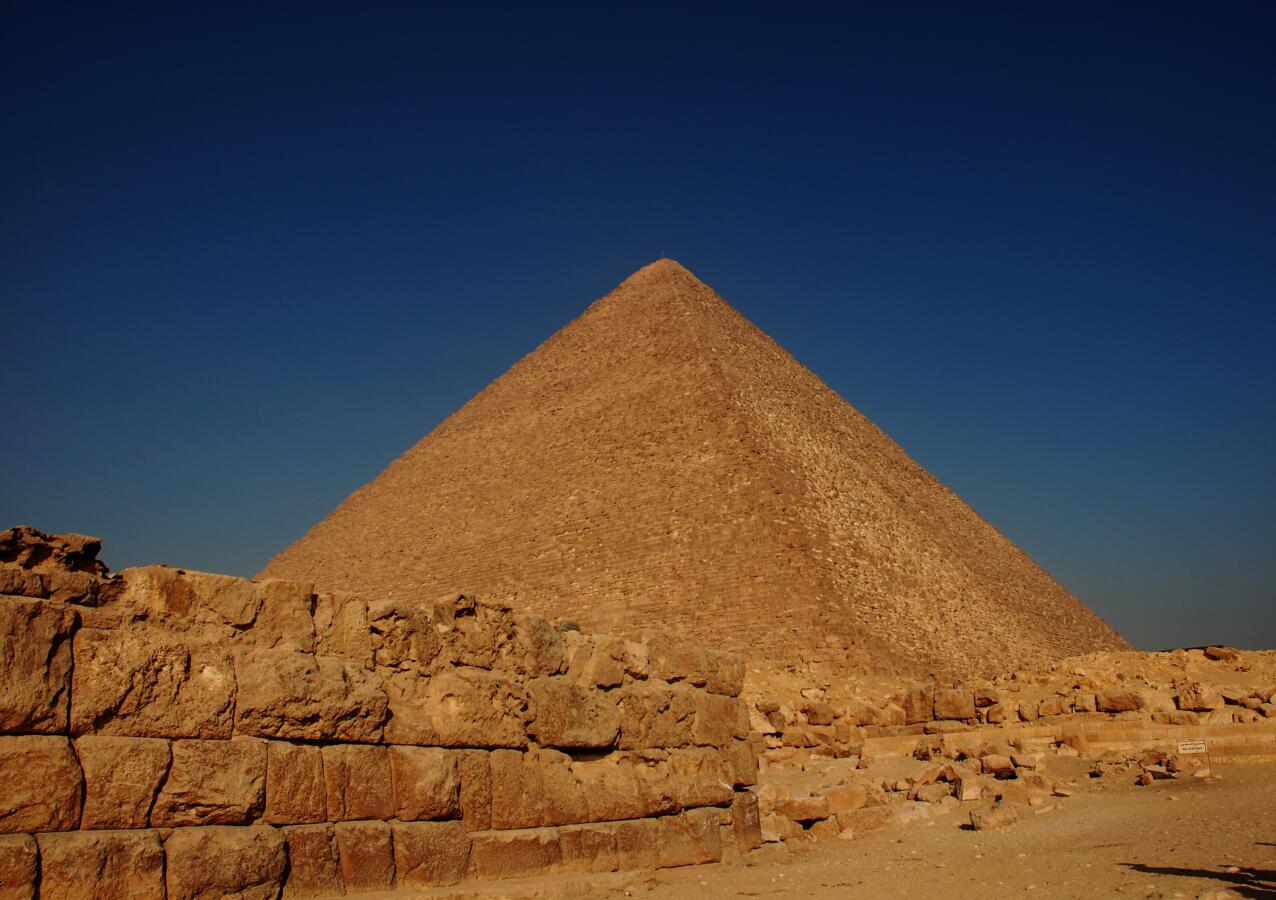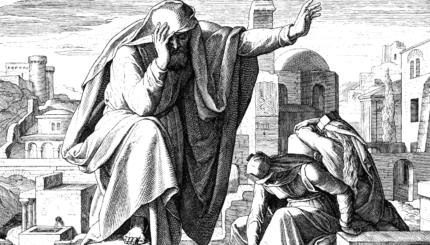Jews are a people of memory. Perhaps more than anything else, what binds Jews together is a shared collective narrative, preserved and developed through stories, teachings and rituals. The Torah elevates memory to the level of a commandment, instructing us at various times to remember Shabbat, to remember that we were slaves in Egypt, and to remember that the tribe of Amalek attacked the Jewish people on their way out of Egypt.
The command to remember demands more than the passive recollection of historical events. Remembering that God rested on the seventh day requires people similarly to rest on Shabbat. Remembering the experience of slavery obligates us to care for those whom society neglects. Remembering Amalek involves fighting oppression in every generation.
While historical memory plays a role in virtually every Jewish holiday, the holiday of Pesach (Passover)–more than any other–is the holiday of remembrance. Going a step beyond the Torah’s insistence that the Jewish people remember the experience of slavery, the Hagaddah demands that “in each generation, each person is obligated to see himself or herself [lirot et atzmo] as though he or she personally came forth from Egypt.”
For the Hagaddah, it is not enough simply to remember or even to retell the story of the exodus from Egypt. Rather, one must also project oneself into the story in order personally to experience the move from slavery to liberation.

Beyond Remembering
The easiest way to understand the obligation to see oneself as personally having come out of Egypt is to read this statement in light of the Hagaddah’s earlier comment that “it was not only our ancestors whom God redeemed from Egypt, for if God had not redeemed our ancestors, then we and our children and our children’s children would still be enslaved to Pharaoh in Egypt.” A literal understanding of the assertion that we would still be enslaved in Egypt had God not redeemed our ancestors from slavery at a specific historical moment enables us to see the exodus narrative as our personal liberation story.
However, simply referencing the comment that God, in effect, liberated us from Egypt along with our ancestors does not fully explain the obligation to see ourselves as having come forth from Egypt. After all, a tradition that seeks meaning in every seemingly superfluous word, letter, and detail cannot allow the repetition of an entire idea to go unnoticed. Thus, commentators on the Hagaddah suggest a number of additional interpretations of the textual insistence that we remember the exodus by reëxperiencing it.
Some commentators emphasize the individual nature of the statement that each person should see himself or herself as having gone forth from Egypt. The Ritba (Rabbi Yom Tov ben Avraham Ishbili, 125-1330) stresses that “every single individual must see and look at himself as though he had been a slave in Egypt and as though he went forth to freedom.” Whereas the Hagaddah frames in the plural its earlier comment that God redeemed both our ancestors and us, the obligation to see ourselves as former slaves is articulated in the singular. On Pesach, the Ritba suggests, it is not enough to speak of our communal liberation from slavery; rather, we must each experience this redemption also as a personal journey.
Taking this emphasis on the individual one step further, the N’tziv (Rabbi Naftali Tzvi Yehuda Berlin, 1817-1893) likens the command to see oneself as having come forth from Egypt to the talmudic comment that each person should say that the entire world was created for his or her sake. In the same way, the N’tziv says, each person should consider the exodus from Egypt as a personal miracle, done only for him or her. One who sees the exodus as having taken place for his or her own benefit cannot help but be grateful to God and will, therefore, be exuberant in offering the praises that appear in the next few lines of the Hagaddah.
Showing, Not Seeing
In the Sephardic text of the Hagaddah, the command to project oneself back into the exodus narrative appears in a slightly, but meaningfully, different form. There, the obligation is to show oneself (l’harot et atmzo) as having come forth from Egypt. With the addition of a single Hebrew letter, this version changes the obligation from one commanding personal reflection to one governing the way in which one acts in the world.
In Sephardic communities, the command to “show oneself” as having been a slave has led to the custom to act out certain parts of the seder. For example, guests may hit each other with scallions to commemorate the beatings of the Egyptian taskmasters, and may walk around the table holding matzah in order to play out the liberation from slavery.
Some have explained the Sephardic version of the text as an obligation to teach others about the experience of slavery. According to Rabbi Chaim Joseph David Azulai (1724-1806), “It is not enough to think about this and to rejoice internally. Rather, one needs to ‘show’ this excitement physically so that everyone sitting in one’s house will recognize and know it.” Similarly, Isaac Abravanel (1437-1508) suggests that we need to pretend that we, personally, came out of Egypt in order to “transfer the memory from parent to child.”
By acting the part of liberated slaves, parents offer their children a sense of experiencing the liberation first-hand. These children will similarly transfer the memory to their own children. In presenting oneself as a liberated slave, one forces the others at the table also to personalize their own experience of liberation.
Seeing & Showing
An attempt to reconcile the two versions of the Hagaddah text might suggest that seeing oneself as a liberated slave necessarily leads to showing oneself as such and vice versa. In some cases, self reflection leads to changing the way in which one acts in the world. In other cases, action must precede understanding. The obligation to “see” and/or “show” oneself as a liberated slave suggests that memory is a two-fold process that involves both reflection and action. Just as the command to “remember Shabbat” or to “remember what Amalek did” imposes obligation, so too, the commandment to remember our slavery in Egypt cannot be fulfilled through passive memory alone.
During the seder, we can fulfill the double command to show and to see ourselves as having come forth from Egypt by retelling the story in our own words and through the lens of our own experience. By acting out parts of the seder, or by retelling the narrative as though we experienced the exodus, we show ourselves as participants in this story. By using the story of the exodus as a framework for exploring our own personal liberation struggles or current political struggles, we can come to see ourselves as participants in the continuing journey toward freedom.
<!–Rabbi Jill Jacobs is the Rabbi-in-Residence for the Jewish FundS for Justice.
–>
Avraham
Pronounced: AHVR-rah-ham, Origin: Hebrew, Abraham in the Torah, considered the first Jew.
Pesach
Pronounced: PAY-sakh, also PEH-sakh. Origin: Hebrew, the holiday of Passover.
Sephardic
Pronounced: seh-FAR-dik, Origin: Hebrew, describing Jews descending from the Jews of Spain.
Torah
Pronunced: TORE-uh, Origin: Hebrew, the Five Books of Moses.
Yehuda
Pronounced: yuh-HOO-dah or yuh-hoo-DAH (oo as in boot), Origin: Hebrew, Judah, one of Joseph’s brothers in the Torah.



